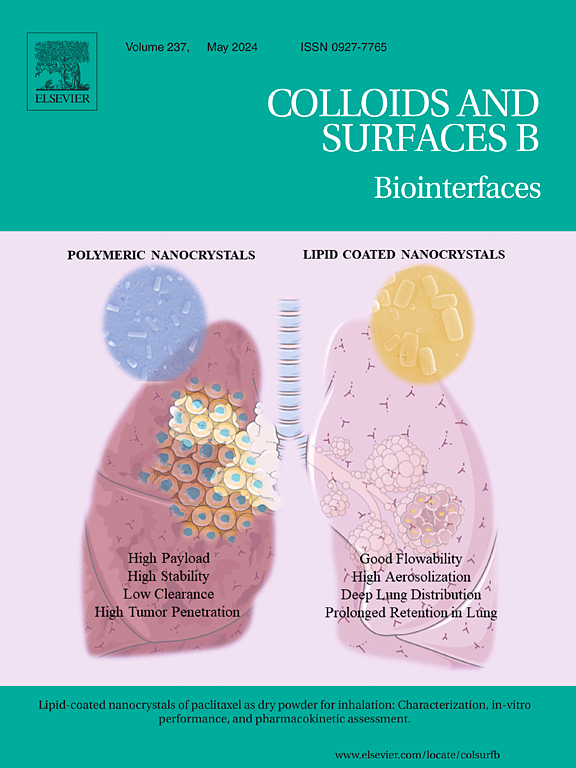Oral functional protein Z: Mitigation of thrombosis via thrombin inhibition to prevent cardiovascular disease
IF 5.4
2区 医学
Q1 BIOPHYSICS
引用次数: 0
Abstract
Thrombin, a serine protease, plays a crucial role in thrombosis and is considered a significant target for the treatment of thrombotic diseases. This study aimed to investigate the malt-derived serine protease inhibitor protein Z (PZ) as an oral food enrichment for inhibiting thrombosis. The ability of PZ to withstand gastrointestinal digestion was assessed through in vitro simulated gastrointestinal digestion experiments. Its effective ability to traverse the digestive tract was demonstrated in vivo experiments. To explore its antithrombotic mechanism, the antithrombin activity of PZ was evaluated using two thrombin substrates, suggesting that it may inhibit either the active site or exosite 1 of thrombin. Additionally, the half-life of PZ was 10.76 ± 0.45 min, indicating its favorable pharmacokinetic profile. The anticoagulant activity and antithrombotic effects of PZ were further assessed using a mice tail thrombosis model induced by κ-carrageenan. The black tail rate in the PZ group is 51.23 ± 1.72 % lower than that of the model group (71.87 ± 5.90 %). These results demonstrated that PZ significantly inhibited thrombosis, with its physiological mechanism linked to the coagulation pathway, particularly through the inhibition of thrombin activity. Therefore, PZ has the potential to be developed as an oral antithrombotic food enrichment.
求助全文
约1分钟内获得全文
求助全文
来源期刊

Colloids and Surfaces B: Biointerfaces
生物-材料科学:生物材料
CiteScore
11.10
自引率
3.40%
发文量
730
审稿时长
42 days
期刊介绍:
Colloids and Surfaces B: Biointerfaces is an international journal devoted to fundamental and applied research on colloid and interfacial phenomena in relation to systems of biological origin, having particular relevance to the medical, pharmaceutical, biotechnological, food and cosmetic fields.
Submissions that: (1) deal solely with biological phenomena and do not describe the physico-chemical or colloid-chemical background and/or mechanism of the phenomena, and (2) deal solely with colloid/interfacial phenomena and do not have appropriate biological content or relevance, are outside the scope of the journal and will not be considered for publication.
The journal publishes regular research papers, reviews, short communications and invited perspective articles, called BioInterface Perspectives. The BioInterface Perspective provide researchers the opportunity to review their own work, as well as provide insight into the work of others that inspired and influenced the author. Regular articles should have a maximum total length of 6,000 words. In addition, a (combined) maximum of 8 normal-sized figures and/or tables is allowed (so for instance 3 tables and 5 figures). For multiple-panel figures each set of two panels equates to one figure. Short communications should not exceed half of the above. It is required to give on the article cover page a short statistical summary of the article listing the total number of words and tables/figures.
 求助内容:
求助内容: 应助结果提醒方式:
应助结果提醒方式:


